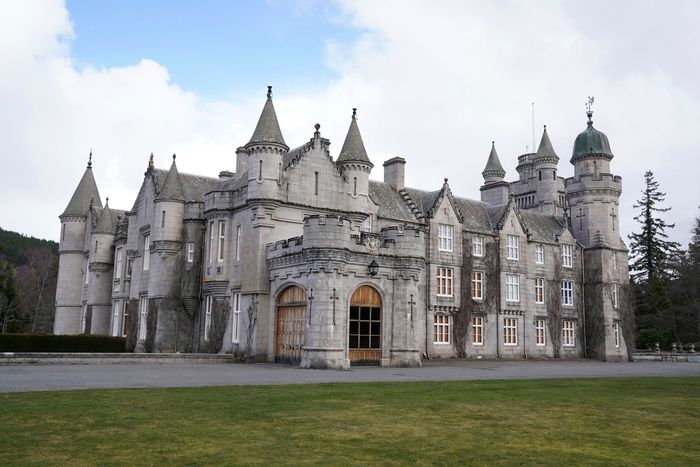LONDON—Queen Elizabeth II has appointed all 14 of her prime ministers in London. Until now.
The 96-year-old monarch will break with longstanding tradition next week and appoint Britain’s new prime minister from her residence in Scotland rather than in Buckingham Palace, palace officials said Wednesday, the latest sign of how mobility issues are forcing her to change how she undertakes constitutional duties.
Britain is set to officially announce a new prime minister on Tuesday. There are two candidates vying to succeed Prime Minister Boris Johnson as head of the ruling Conservative Party: Foreign Secretary Liz Truss and former Chancellor of the Exchequer Rishi Sunak. The winner, who will become prime minister, is expected to be declared on Monday.
Mr. Johnson, who said in July that he would step down once a successor is chosen, will then travel up to see the queen in Scotland the next day to tender his resignation.

The official appointment of the next British prime minister will take place at Balmoral Castle, in Scotland.
Photo: Andrew Milligan/Associated Press
In the U.K., the queen appoints the prime minister on the basis that he or she can command the confidence of the House of Commons. Traditionally, incumbent prime ministers have a final audience with the queen. The next prime minister then visits the queen to be formally appointed. “The queen will ask him or her whether he or she will form a government. To this question, two responses are realistically possible. The most usual is acceptance,” Buckingham Palace explains on its website.
Normally this formality takes place in London with helicopters filming the current and next prime minister making the short drives between Downing Street and Buckingham Palace.
This time, however, the Queen will hold the visit at her holiday home in Balmoral where she usually stays between August and October. This was to avoid a sudden change in schedule should the Queen not be well enough to travel between Balmoral and Buckingham Palace next week. “It would have meant alternative arrangements being made at the last minute,” a palace official said.
The longest-serving British monarch was largely absent from a grandiose jubilee held this summer to celebrate her 70 years on the throne, appearing only three times during the multiday event. Palace officials have declined to discuss specifics of the monarch’s health, citing episodic mobility issues that doctors say could be anything from occasional joint pain to a broader decline.
The move is the latest example of how the queen has had to modify how she undertakes her formal responsibilities as monarch—as both head of state and head of nation.
The queen continues to personally undertake her duties as head of state, such as appointing the prime minister and signing off on laws. Her role as head of nation, acting as a symbol of national identity and continuity, is increasingly being delegated to her eldest son, Prince Charles.
At the Trooping of the Colour, a birthday military parade for the queen featuring over a thousand officers and 240 horses in June, it was Prince Charles on horseback saluting the troops. Earlier this year, Prince Charles read out a speech on the queen’s behalf at the ceremonial opening of Britain’s Parliament, with her crown on a cushion by his side. The wider family have gotten more involved in in-person events as the queen pulls back.
After the meeting next week, the Court Circular—which records royal engagements—will note that the next prime minister “kissed hands” with the monarch. Kissing—an old sign of fealty—has been replaced by a formal handshake.
It isn’t unheard of for incoming prime ministers to travel distances to get royal appointments. In 1908 King Edward VII was in Biarritz, France, on vacation as a new prime minister was named. Herbert Henry Asquith traveled by boat and train to the south of France to be formally appointed.
Write to Max Colchester at max.colchester@wsj.com
Copyright ©2022 Dow Jones & Company, Inc. All Rights Reserved. 87990cbe856818d5eddac44c7b1cdeb8


